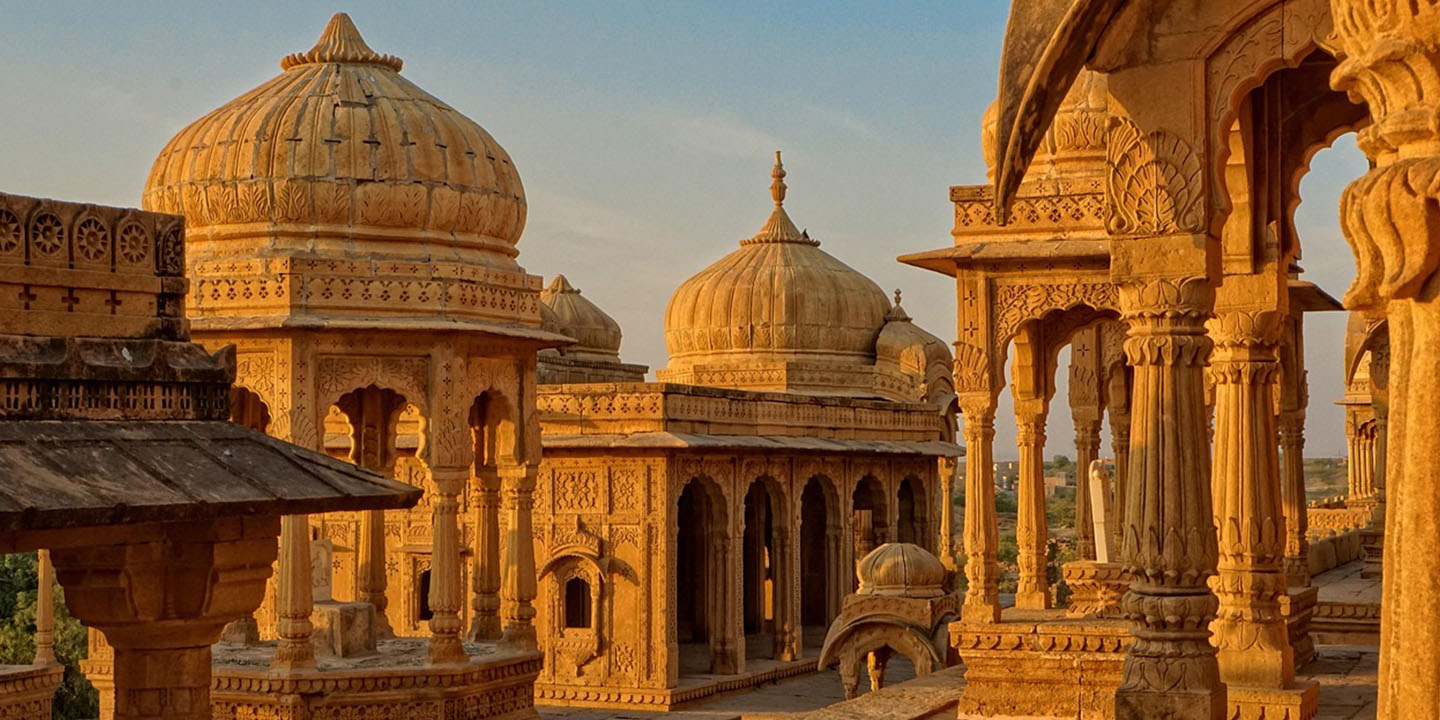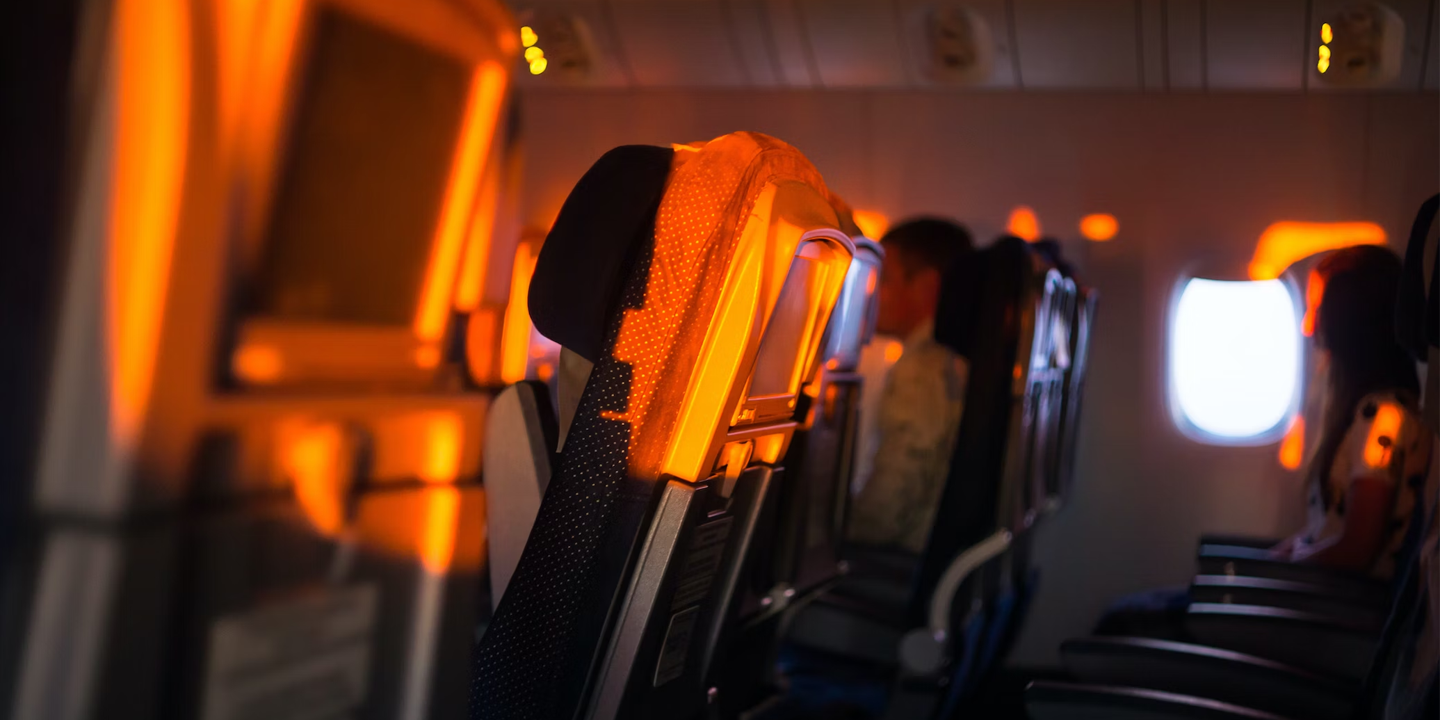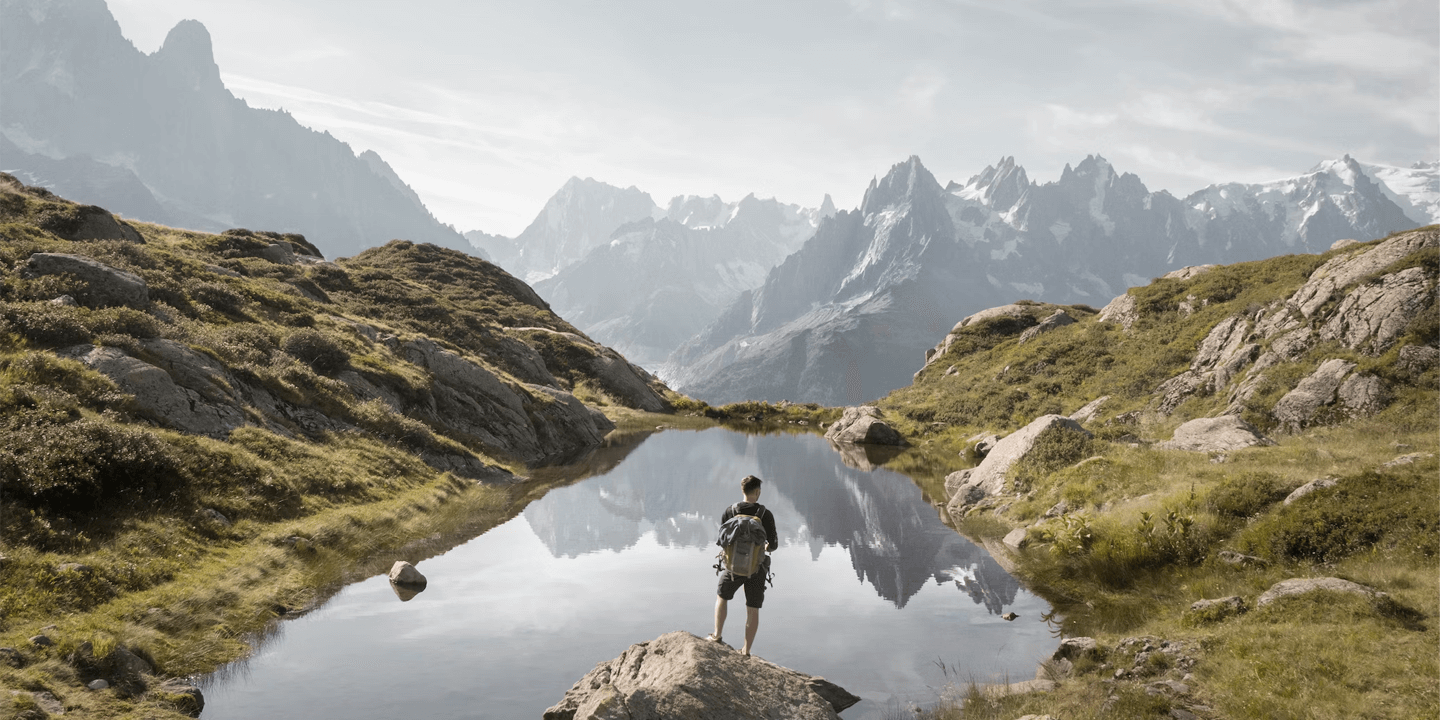Tourist Buzz That Fell Flat
There's a strange disappointment in arriving somewhere that feels like a rerun. Familiar, polished, but not memorable. These are the places that get bookmarked over and over yet rarely meet the moment. If you've ever felt underwhelmed on arrival, you're not alone. This list calls those cities out. So, read on and think twice before visiting.
1. Portland, Oregon
The city still sells itself as indie and offbeat, but visitors land in a different scene. Downtown has lost nearly half its foot traffic since 2019. Sky-high hotel costs meet closed storefronts and a vibe that's shifted from eccentric to eerily quiet. It's a letdown for anyone chasing its former creative pulse.
2. Baltimore, Maryland
Violent crime remains nearly double the national average, making safety a real concern for visitors. The Inner Harbor area attracts tourists but contrasts sharply with neighborhoods facing poverty and neglect. While crab cakes and the aquarium get praise, uneven safety reports cast a shadow over Baltimore's reputation.
3. Salt Lake City, Utah
Sure, the mountains are epic, but the city itself feels more like a stopover. Downtown nightlife's better now, but liquor laws still weird out first-timers. Even the Great Salt Lake's iconic views come with a side of stink when water levels drop. Despite charm in pockets, it's rarely the vacation vibe folks imagine.
 Garrett from Salt Lake City on Wikimedia
Garrett from Salt Lake City on Wikimedia
4. Charleston, South Carolina
Over 7.8 million tourists crowd into this 150,000-resident city yearly. Flooded streets halt ghost tours, and carriage rides crawl through traffic jams. Most "local charm" comes prepackaged with wedding shoots and $50 haunted horse carriage rides. It's more Southern cosplay than a real city now.
5. Corpus Christi, Texas
High humidity levels reach 80% in summer and make beach days sticky and uncomfortable. Visitors often complain about sweat and bugs, cutting outdoor activities short. The intense heat and dampness challenge the city's reputation as a relaxing Gulf Coast escape.
6. Savannah, Georgia
Savannah cashes in on ghost tours, with nightly walks and haunted pub crawls taking over its tourism scene. But this spooky shtick buries the city's cultural depth. The historic district, swarmed by 10 million visitors a year, now feels more like a theme park instead of a classic Southern place.
7. Anchorage, Alaska
Anchorage gets pitched as Alaska's urban heartbeat, but it rarely delivers. The arts and culture scene is thin, nightlife barely flickers, and winter slows everything to a crawl. For most, it's just a pit stop en route to Denali or the Kenai—not a destination worth lingering in.
 Frank K. from Anchorage, Alaska, USA on Wikimedia
Frank K. from Anchorage, Alaska, USA on Wikimedia
8. Louisville, Kentucky
The Kentucky Derby pumps over $200 million into Louisville's economy yearly, but that's the major event drawing national attention. Local culinary scenes remain underdeveloped compared to similar-sized cities. Segregated neighborhoods affect visitor experiences.
9. Eureka Springs, Arkansas
Despite a tiny population of about 2,000, Eureka Springs draws nearly half a million tourists annually. Many businesses focus exclusively on visitors, lacking genuine local flavor. Historic Victorian homes appear impressive, but many are closed or poorly maintained, which leaves travelers with a half-baked experience.
10. Hartford, Connecticut
Hartford has historic credentials as it's the home of Mark Twain and one of the oldest cities in the country, but it struggles to convert that into engaging tourism. Cultural institutions like the Wadsworth Atheneum are impressive yet under-visited. Even locals describe it as a place you leave on the weekends.
11. Virginia Beach, Virginia
Summer traffic regularly clogs major routes like I-264 and Pacific Avenue. Public transit covers less than half the city, forcing reliance on cars. The three-mile boardwalk, while iconic, is packed and commercialized—more chain restaurants than charm. For many, the hassle is not worth it.
12. St. Louis, Missouri
St. Louis battles high downtown vacancy and stalled projects, though a $670M redevelopment aims to revive its core. The city's vibrant music scene and cultural venues contrast with patchy urban decay. Beyond the Arch, options exist, but are so scattered that they leave visitors with a mixed experience.
13. Cleveland, Ohio
Harsh winters dominate Cleveland, with average lows near −2°F and snowfall surpassing 60 inches annually. Many museums and outdoor attractions close or scale back operations. Travelers face limited activity options, wrapped in layers rather than enjoying year-round outdoor adventures.
14. Memphis, Tennessee
Beale Street and Graceland still draw tourists, but Memphis leans hard on nostalgia. Population decline and underinvestment leave some neighborhoods visibly struggling, especially in the Northside. Its music legacy feels museum-like—honored but not evolving. All of this makes the city feel like a tribute to the past.
 Thomas R Machnitzki on Wikimedia
Thomas R Machnitzki on Wikimedia
15. Branson, Missouri
With 100+ live shows, Branson mainly caters to retirees. Younger travelers mostly skip it, making the entertainment scene feel stuck in time. Souvenir shops and kitschy attractions overshadow genuine Ozark culture. The family-friendly vibe often means slow, predictable shows that might put you to sleep.
16. Austin, Texas
Austin's median home price passed $500K in 2024, and rent keeps climbing. Traffic ranks among the worst in Texas. Iconic music venues in Red River have shuttered under redevelopment pressure. Once indie and electric, the city's charm is now buried under cranes.
17. Boise, Idaho
Boise offers about 15 live music venues for its population size, which is fewer than other similar cities. This thin entertainment scene makes nighttime dull for visitors who expect vibrant social options, especially compared to other West Coast destinations.
18. Fort Lauderdale, Florida
Spring break turns Fort Lauderdale's beaches and nightlife into crowded, hectic scenes. Hotel prices also spike significantly, and frustrate people who want a laid-back beach getaway. As a result, many now opt for nearby, quieter spots like Hollywood Beach and Pompano Beach to avoid the chaos.
19. Flagstaff, Arizona
Flagstaff is just a brief layover for travelers looking for a vibrant city vibe. It leans heavily on its gateway status to the Grand Canyon, and its small downtown offers limited attractions. Overcrowding during peak seasons turns hiking trails and eateries into packed, tourist-heavy zones.
 SearchNet Media from Tucson, Arizona, USA on Wikimedia
SearchNet Media from Tucson, Arizona, USA on Wikimedia
20. Galveston, Texas
With ongoing beach erosion, some areas have lost up to 100 feet of shoreline since the 1980s. Frequent hurricanes cause costly damage and evacuation orders. These environmental risks undermine Galveston's reliability as a vacation spot, where tourists often get frustrated and hesitant to explore this city.
























